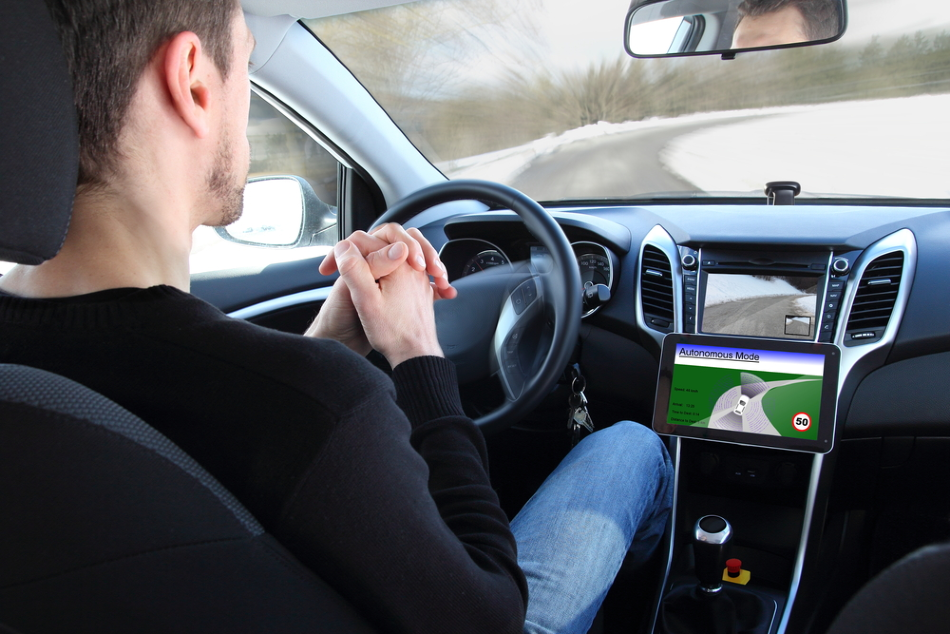
Image Credit: riopatuca/Shutterstock.com
If you have all these autonomous cars on the road, you’ll see that our roads and our intersections could become the limiting factor. In this paper we look at the interaction between autonomous cars and our infrastructure on the ground so we can unlock the real capacity of autonomous transportation.
Oliver Gao, Professor of Civil and Environmental Engineering, Cornell University
The model developed by the scientists enables groups of self-driving cars, called platoons, to drive through one-way intersections without any waiting time. Moreover, the results of a microsimulation revealed that it improved the capacity of vehicles on urban streets up to 138% more than traditional traffic signal systems, according to the research.
Although the model presumes only autonomous cars to move on the road, Gao and his colleagues are addressing conditions with a mix of human-driven and self-driving cars in future studies.
Car manufacturers and researchers across the globe are creating prototypes of autonomous cars, which are predicted to be launched by 2025. However, to date, very few studies have focused on the infrastructure for supporting these autonomous cars.
Autonomous vehicles will have the ability to communicate with one another, providing opportunities for efficiency and coordination. The model developed by the team leverages this potential, and also smart infrastructure, to optimize traffic, so that cars can safely and quickly drive through intersections.
Instead of having a fixed green or red light at the intersection, these cycles can be adjusted dynamically. And this control can be adjusted to allow for platoons of cars to pass.
Oliver Gao, Professor of Civil and Environmental Engineering, Cornell University
Although there occur models to optimize existing intersections to ease out the traffic flow, these cannot be directly applied to autonomous vehicles. The number of cars that can run on city streets is dependent on the speed and accuracy of sensors, vehicle-to-infrastructure and vehicle-to-vehicle communication, and the system that actually manages the machines.
A majority of the models presume that, for increased efficiency, self-driving vehicles will move in platoons, in the same direction, for a specific period before being separated and joining different platoons. The framework developed by the team identifies the ideal traffic configuration—the number of cars moving in each platoon that approaches intersections—as one of its main variables.
But mathematical errors related to this coordination can lead to accidents or operational failures. In order to overcome this, the team created a formula that takes into account the probability of failures and, thus, adds a time gap of an ideal length between crossing platoons.
By coordinating the platoon size and the gap length between cars and platoons, we can maximize the flow and capacity.
Oliver Gao, Professor of Civil and Environmental Engineering, Cornell University
This allows platoons of autonomous vehicles to drive through intersections that do not have traffic signals without any interruption, thus minimizing congestion.
The first author of the paper is postdoctoral associate Mahyar Amirgholy; Mehdi Nourninejad of the University of Toronto also contributed to the study. The study was supported by the U.S. Department of Transportation; the Center for Transportation, Environment and Community Health; the National Science Foundation; and the Lloyd’s Register Foundation.